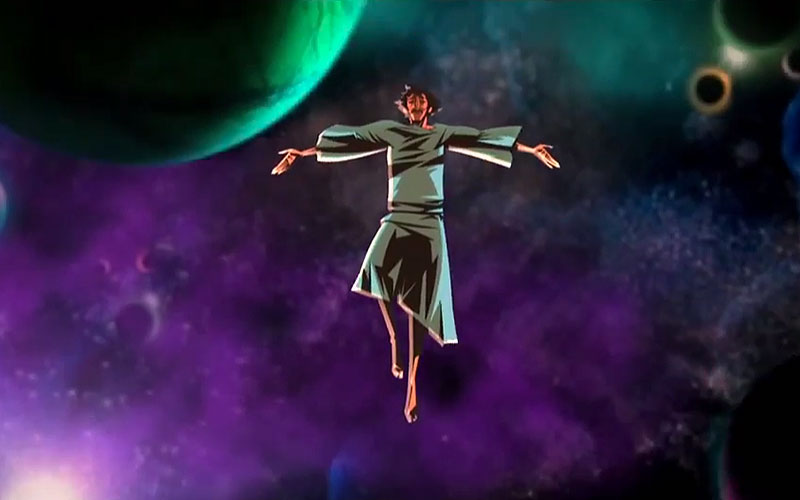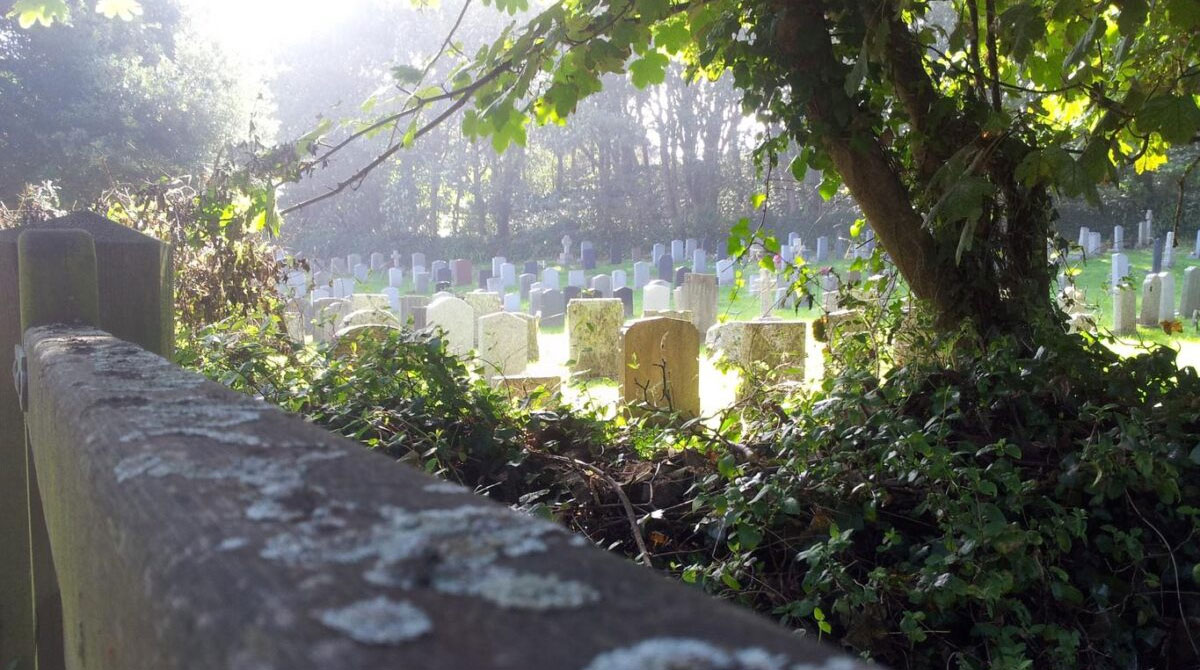Your God Is Too Small: Cosmos: A Spacetime Odyssey, Episode 1
There is not much these days that can be called a Television Event. Sure there’s the odd sporting event or award show but even those are not regarded as “must see”. You are never left with a feeling of loss, that you may have missed something important. Besides you can always stream it later or catch the highlights on YouTube.
Thirty years ago this was not the case. Options were severely limited, with only four maybe five channels to choose from you could pretty much count on the fact that at least once a week (if not more) there would be an Event. A program or mini-series that simply everyone watched. And if you missed it, that was it. It would be months if not years before you could get a chance to see it again, if ever. In 1980 Carl Sagan’s Cosmos: A Personal Journey was on of those events. And is was one of the rare events on television that not only lived up to its hype but actually surpassed it.
If you think about it that’s a little strange. It was after all a science program. Not just science but hard science. And theoretical physics. But it became the most widely watched series in the history of public television (until The Civil War surpassed it in 1990) and as of 2009, it was still the most widely watched PBS series in the world. Why would that be?
For one, it was presented with cutting edge graphics and special effects so it was pretty to look at. But the real reason was Carl Sagan himself. Sagan’s easy-going, affable manner was infectious and endearing. He was able to covey complex scientific ideas in a way that was easy to understand but was never condescending or dumbed-down. For thirteen weeks we were enthralled by science. And that’s pretty amazing.
Last Sunday Fox aired an updated version of the program: Cosmos: A Spacetime Odyssey. Airing on multiple channels in over 100 countries, it’s about as close to Event Television as you can get these days. This time around Neil DeGrasse Tyson takes the hosting duties and he is a clear successor to Sagan. Tyson has made his career being just as affable and has the same ability to covey information, although usually he is a bit more energetic than Sagan was. For Cosmos: A Spacetime Odyssey NDT seems to have toned it down a bit. He has affected a more somber tone for the show but is still able to convey his emotion and enthusiasm.
There were a lot of call outs to the past in this first episode: Standing Up in the Milky Way. It begins in the same location as did the original series, again we have the Spaceship of the Imagination to take us through the universe and we get an updated version of the Cosmic Calendar. But the series stands on its own in many ways as well. Obviously the effects are modern and much improved over the original. And it takes a bold move by telling the story of Giordano Bruno’s vision of the universe as a limitless expanse of space and time while not shying not shy away from his persecution, complete with semi-religious imagery.
Near the end DeGrasse Tyson recounts the story of how he, as a boy, spent a day with Sagan at his laboratory in Ithaca, New York. And how the experience not only cemented his dream of becoming a scientist but also informed him to become the man he wanted to be. It is a touching story that bookends the episode nicely and tied the present with the past.
These remembrances of the past series worked well in this first episode and were for the most part necessary for the series to connect the past and present. My hope however is that it got the past out of its system. Going forward I’d like to see the series stand on its own and break new ground as Sagan did so many years ago.
Overall this version of the show is entertaining and satisfying. If nothing else we have hard science in prime time on a major network. That in itself is an event.












Likhon chowdhury says:
Conor says:
Andy Garcia says: